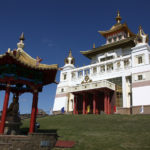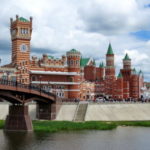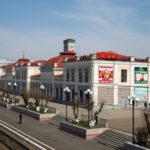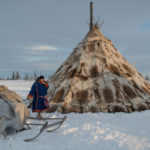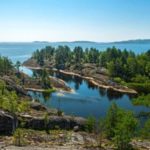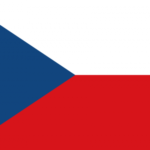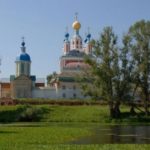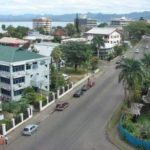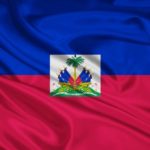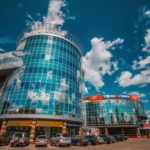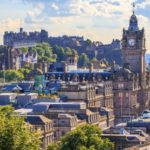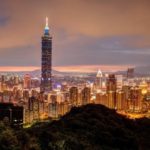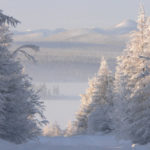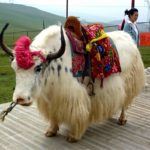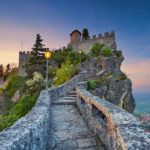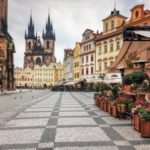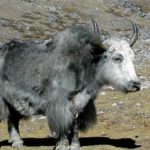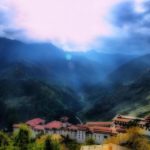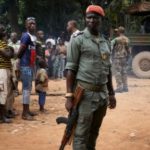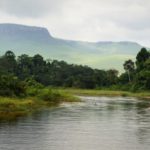23 interesting facts about Buryatia
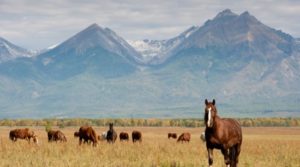 The Republic of Buryatia is the land of lands, large cities and an interesting cocktail from European and Asian cultures that have not yet been fully developed. Representatives of different nations live here, each of which brings something of his own to a common life. As a result, Buryatia has become so unique, and every curious tourist is definitely worth a visit here.
The Republic of Buryatia is the land of lands, large cities and an interesting cocktail from European and Asian cultures that have not yet been fully developed. Representatives of different nations live here, each of which brings something of his own to a common life. As a result, Buryatia has become so unique, and every curious tourist is definitely worth a visit here.
In the 20s of the last century, the republic was called Buryat-Mongol.
Buddhism is widespread here. He entered here from Mongolia as early as the 17th century, and since then has spread throughout Transbaikalia.
Archaeologists have discovered in Buryatia many remains of primitive people.
Once Buryat territories were part of the Juan Khaganate, the Great Mongol Empire and the state of Northern Yuan.
The Buryat language here has an official status along with Russian.
Throughout the history of the republic, the capital of Buryatia is the city of Ulan-Ude.
The republic is located on the eastern shore of Lake Baikal. On the western shore of the lake lies the Irkutsk region.
The Severomuisk tunnel is located in Buryatia, the longest in Russia – as many as 15 kilometers.
On many Buryat roads you can see places of worship – suburgans. Many local drivers slow them down and ask for blessings for the good journey, leaving in return a few coins or dripping a little vodka.
There are more sunny days in Buryatia than in most southern regions of Russia.
According to climatic conditions, some regions of the republic are equated to regions of the Far North.
The area of Buryatia is almost three times the area of all of Greece.
There are 2 nature reserves, 3 natural parks and 13 natural biological reserves.
More than 440 species of terrestrial vertebrates live in Buryatia, but only 6 species of amphibians and 7 species of reptiles. What to do – the climate here is harsh.
Forests occupy about 83% of the area of the Republic of Buryatia.
More than 30,000 rivers flow along the Buryat lands, but only 25 of them are large and medium. The total length of all rivers here reaches 150,000 kilometers.
Also in Buryatia there are about 35,000 lakes.
More than 60% of the shoreline of Lake Baikal passes through the territory of the republic.
Representatives of many nationalities live here, but most of all Buryats and Russians.
There are about 650 settlements in Buryatia, but only 6 of them have city status.
There are more than 700 deposits of various minerals. Of these, 247 are gold deposits. And here is the largest beryllium deposit in Russia.
More than 15 million tons of coal are mined annually from the Buryat subsoil.
Most of the roads laid in Buryatia do not have asphalt pavement.
